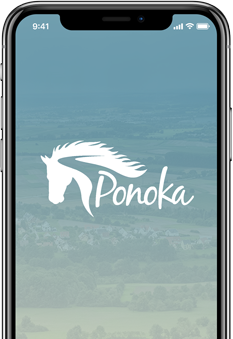 The Town of Ponoka's drinking water comes from the Red Deer River.
The Town of Ponoka's drinking water comes from the Red Deer River.
It is first treated at the Red Deer Water Treatment Plant and arrives in Ponoka through the regional water line. The regional water line is operated by North Red Deer River Water Services Commission. The regional water line also connects with Blackfalds and Lacombe.
Before it is delivered to your taps, the water is treated with the goal of purifying the water to remove potential contaminants.
For more information, please visit The City of Red Deer website.
Is the water safe to drink?
Yes. The water that leaves the City of Red Deer Treatment Plant meets and exceeds all of the standards contained in the "Guidelines for Canadian Drinking Water Quality." The Town of Ponoka frequently tests the water for quality and follows all provincial guidelines to ensure the water is safe.
What does the City of Red Deer do to ensure the water is safe?
The City of Red Deer monitors water quality daily at various stages of treatment, as well as in the distribution system. This process ensures that all water quality parameters meet and exceed the acceptable limits as outlined in the Guidelines for Canadian Drinking Water Quality and by Alberta Environment and Parks. Every year, water is sampled 8,000 times. The City of Red Deer laboratories conducts approximately 20,000 tests on those samples.
Why does the water taste and smell different?
The City of Red Deer uses a surface water supply (Red Deer River), as a source of drinking water for its residents. All surface water supplies such as Red Deer’s are susceptible to high turbidity and high organic loading during the annual spring snowmelt and runoff. These conditions can give the raw water a disagreeable odor and taste.
The treatment process removes most of these tastes and odors; however, enough may remain after treatment to be noticeable to the consumer. The treated water at the tap is still safe to drink.
How long will the taste and smell last?
Each spring is different, but on average, run-off conditions will last for between three and six weeks. Mountain run-off in late June and early July, can also cause water to smell, if accompanied by heavy rainfall in the watershed.


